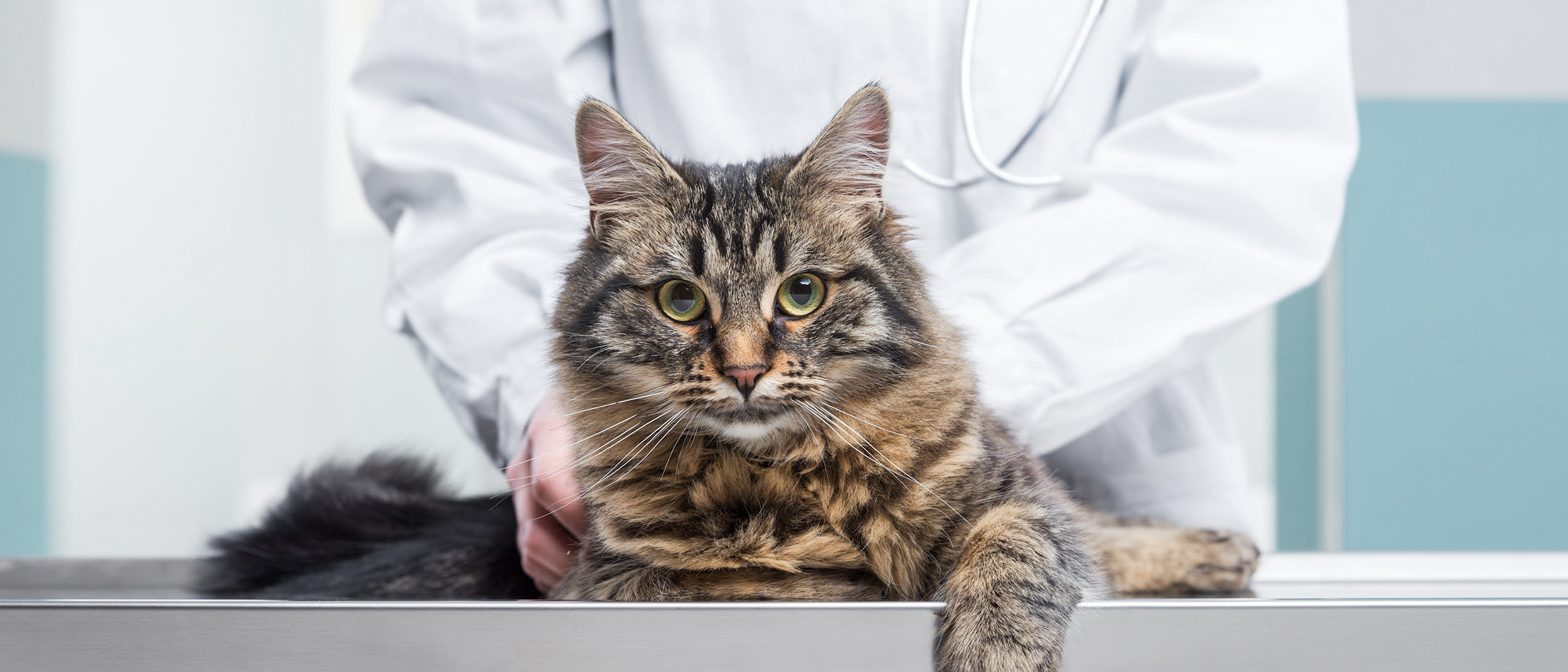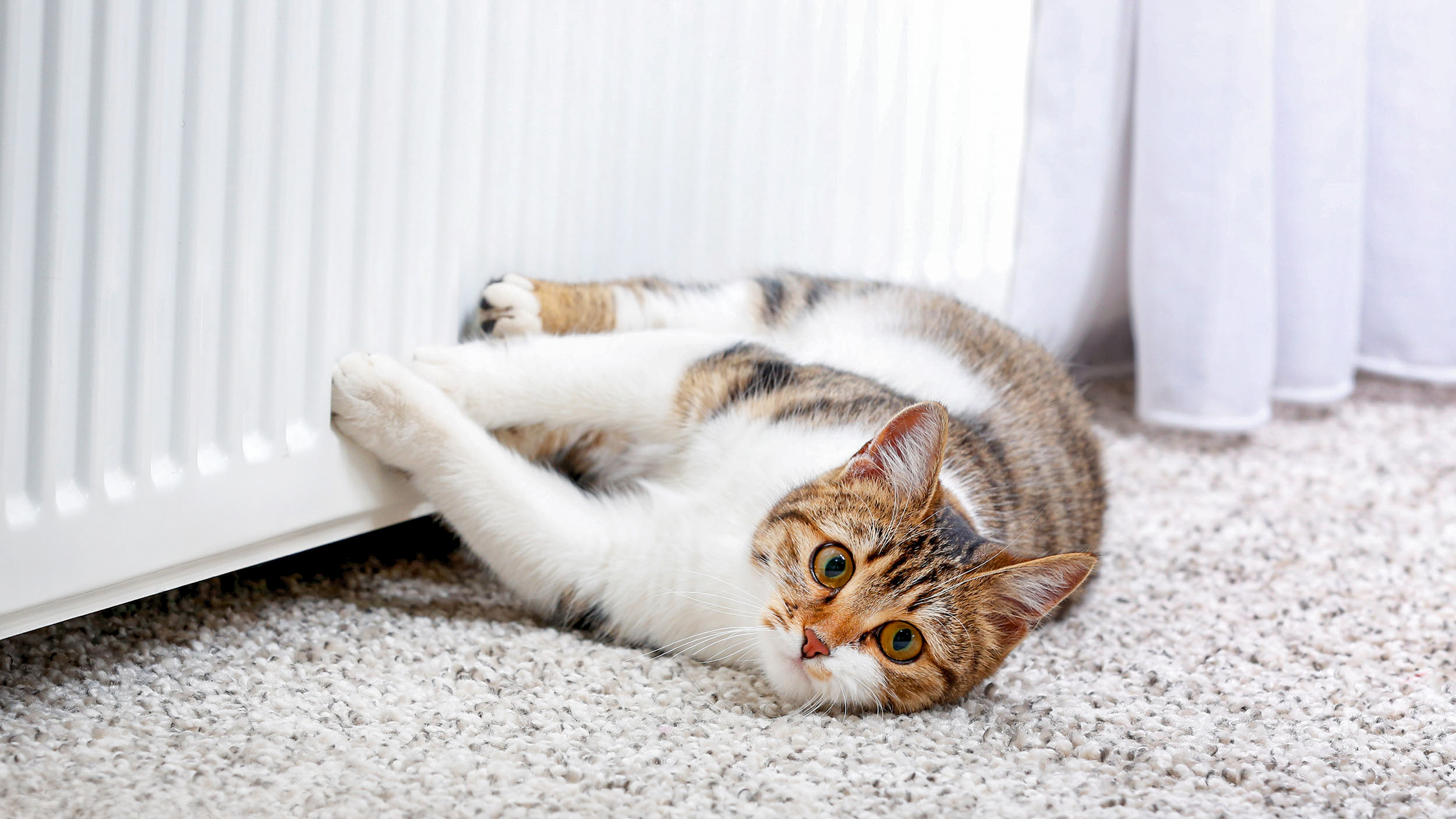Identifying weight gain or loss in your cat

Although your cat's weight will change over the course of her life, it's important to recognize when her weight—either too much or too little—is becoming a health problem. This can be difficult if the weight increase or decrease has happened slowly, but there are several things you can look out for.
Know which cats are predisposed to weight gain
The cats that are most at risk of weight gain are:
- Short-haired cats, rather than pure breeds
- Five to 10 years old with reduced activity levels
- Male cats
- Those that have been spayed or neutered as this can trigger weight gain
- Those that are fed freely and more than is recommended
- Indoor cats with limited access to exercise and play
Know how to check your cat's weight
There are many variables that affect a cat's weight, including her unique size, as well as her breed, sex, and age. This means weighing your cat and comparing it to an "ideal weight" isn't always accurate. Instead, you can check your cat at home with a few simple steps.
When looking at your cat in profile from above, you should be able to see her bones clearly, including the hollow of her flank and a clear distinction between her thorax and abdomen (chest and stomach). If her outline is very pronounced, your cat may be underweight; if the outline is expanded with little definition, your cat may be overweight.
By feeling your cat, you can get a good idea of whether her weight is healthy or not. Gently see if you can feel and count her ribs, feel her back vertebrae and muscles, and check for a pocket of stomach fat. You can then use these observations to determine if your cat's weight might be of concern:
- If you can feel her ribs but they're not visible, your cat is an ideal weight.
- If you can feel the ribs but not count them, your cat is overweight.
- If you can't feel the ribs at all, your cat is obese.
It's important to take your cat to your vet if you have any concerns about her health; your veterinarian may perform a similar examination, and other tests to determine your cat's weight.

Know the warning signs
If you notice that your cat is losing or gaining weight very suddenly, this can indicate a greater underlying problem. If her weight loss or gain is accompanied by digestive problems, vomiting, diarrhea, changes in her skin or coat quality, or changes in her behavior, it's crucial to consult a veterinarian who will be able to make a full diagnosis.
When your cat is at her ideal weight, she will have a much better chance to lead a healthy, contented life involving play, exercise, and companionship. Recognizing when your cat’s weight may be a problem means you're able to pick up on any issues quickly and resolve them, getting your cat back on the path to a long and healthy life.
Find a vet
If you have any concerns about your cat’s health, consult a vet for professional advice.
Like & share this page